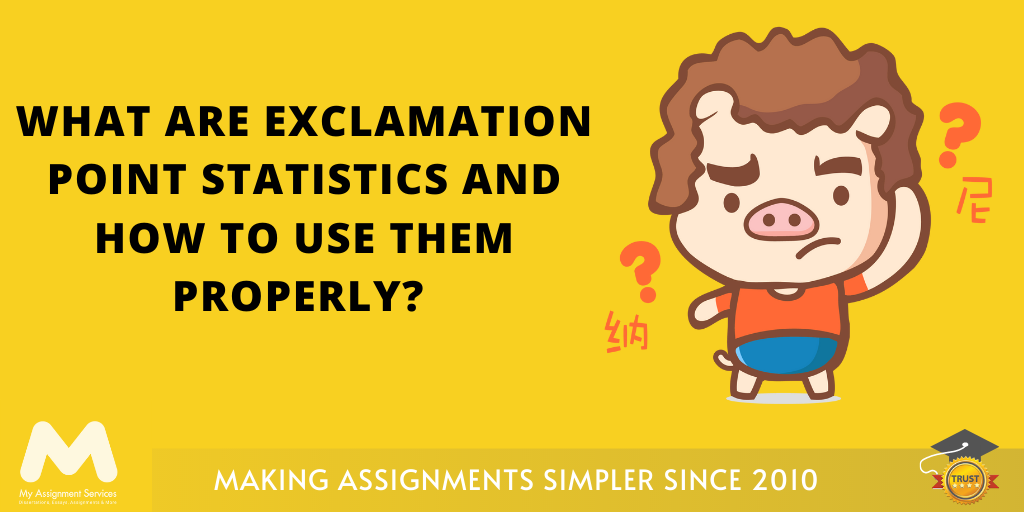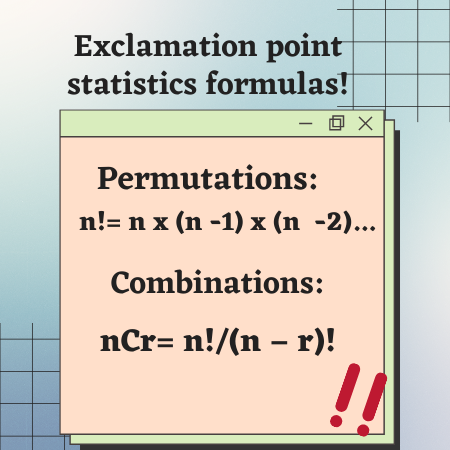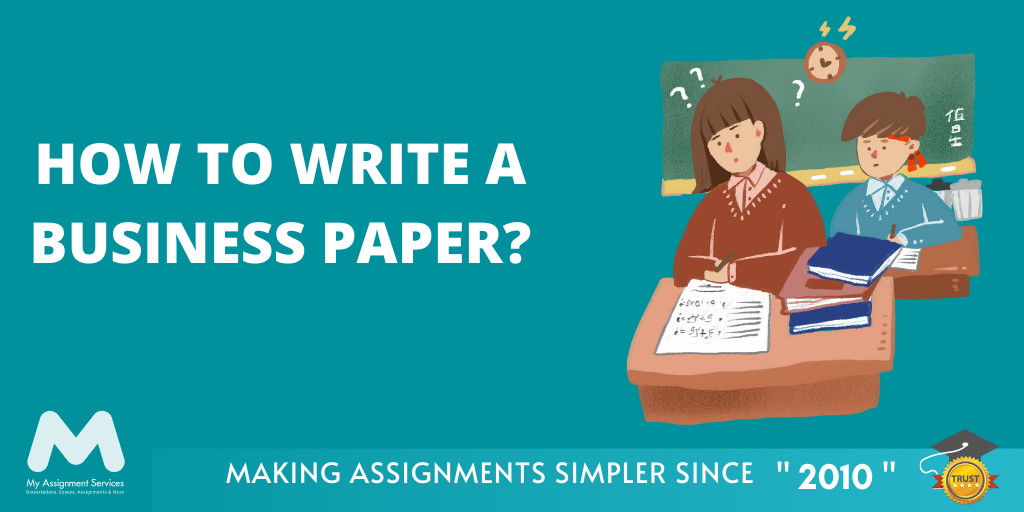
In statistics, an exclamation mark or point denotes a factorial. The question now arises, what is a factorial? A factorial is represented by the small letter n followed by a ‘!’ or simply 'n!'; it is read or pronounced as n factorial. The formal definition of n! results from multiplying or producing all the natural numbers preceding or equal to n in the number system.
The product of a whole number 'n' with every whole number until 1 is called the factorial. For instance, if we take the number 3, the factorial of 3 is 3×2×1= 6. It is written using '!' So, the value of 3! is 6.
Fabian Stedman, a British author (In 1677), interpreted the factorial as a ringing change. The artists would ring various tuned bells as part of the musical performance known as change ringing. A mathematician from France named Christian Kramp (in1808) managed to develop the factorial sign that we now know as n!. The subject of factorials is at the foundation of several mathematical disciplines, such as number theory, statistics, graphs, discrete probability, geometry, algebra, etc.

Exclamation point statistics: How To Use It Properly?
A Factorial is denoted by the exclamation mark (!). It means multiplying the respective positive number or integer with its (non-zero)predecessors in decreasing order. For example, 7! = 7 x 6 x 5 x 4 x 3 x 2 x 1 = 5040. Even though all the numbers multiplied for calculating the factorial for any number had to be non-zero, the factorial for zero or 0! It is equal to 1. The basic rule of counting defines factorial. To make this concept easier for you to understand, here are a few examples stated by our experts who provide assignment help USA.
Event x occurring m ways, and Event Y happening n ways, then the way both
events can occur m x n ways.
Hence, if the x event occurs in n ways, its precedent occurs (n-1) ways, (n-2) ways, and so on…
And the product of it all is n x (n-1) x (n-2)... = n!
Similarly, for the number of events, it will be m!
Resulting, (m x n)!
The arrangement and combination of events using n! are permutations and combinations.
Here are some Applications of permutations and combinations in daily life
Permutations: An arrangement of items in the relevancy of order is called a permutation. Since the order in which things are arranged is important, the same number of objects placed in a different order will be considered various permutations.
Some real-life examples of permutations:
- The Election Organisation Structure
We learn many things regarding elections and hierarchy from elementary school to university. Since it is an event where hierarchy or order of things is of utmost importance, it's an example of a permutation. The order here is relevant on many levels for managing election representatives, voters from various states and communities, and the final ranking after the declaration of election results.
Suppose there are three students, x, Y, Z, who are elected as the Chairman, Treasurer, and Chancellor. There can only be one student; then, we can determine the number of possible committee arrangements using the multiplication principle.
- To Arrange numbers and Alphabets.
Learn how to acknowledge any source of information using the APA 7th style.
Download Now
When selecting a name for a product or an enterprise, a few alphabets have to be in the name of the product. Enterprises may use the manual method of arranging alphabets for all possible outcomes or use permutations since no repetition is allowed.
Also, the anagram generators online for names or other words use the same permutation principle.
If one is to arrange four alphabets in order to generate an anagram, then by using the permutation principle, there will be 4! possible permutations.
4! = 4 x 3 x 2 x 1 = 24
- Order of numbers in a pin code
The arrangement of numbers when making a PIN code is another example where the order is the most relevant.
The PIN code 2345 is different from the PIN code 5432. Here order is important as the arrangement of the same numbers in a separate charge is considered another set of permutations.
Combinations: An arrangement of items where the order of things doesn't matter is called a combination. The arrangement of the same number of items in a different order will not be counted as a different combination.
The formula for combination:
nCr= n!/(n − r)!
nCr= number of combinations
n! = total numbers of items in the set
(n-r)! = number of chosen items from the set
Some real-life examples of combinations:
- Selecting 11/15 players for a cricket match
Suppose a cricket team is selected for the final match of a world cup series. All the batsmen, all-rounders are finalized; just the bowlers are left to be chosen. The best spin bowler on the team is injured due to an accident during practice and cannot play for at least two weeks.
So the team selectors and the team captain have to decide among three standby spin bowlers, but there is only one empty spot. They can use a combination formula to generate possible results:
3C1 = 3!/(3-1)
= 3 x 2 x 1 / 2 x 1
= 6/2
= 3
And, of course, the best player is always chosen based on their ability and agility.
- Selecting 5/50 employees for an upcoming project in a Company
A company is to select five employees out of fifty to form a team for an upcoming project. Since each of the selected employees will hold positions in the project hasn't been finalized. Therefore, they can be chosen in any order; the same selected individuals in a different order will not be considered a different combination. This is an example of a combination; 50C5 ways to pick each employee out of 50 to form a team.
50C5= 2118760 ways.
These are some real-life examples and applications to use permutations and combinations and hence, exclamation points statics in various ways. The exclamation point (!) is a small symbol in English used to convey the severity and difference of tone in a sentence. But, in mathematics, the exclamation point is highly important and can help calculate hundreds of outcomes and possibilities for a given scenario.
Related Study Materials
Our Experts can answer your Assignment questions instantly.
Ask Question0 Comment
Get It Done! Today
1,212,718Orders
4.9/5Rating
5,063Experts













Loved reading this Blog? Share your valuable thoughts in the comment section.
Add comment